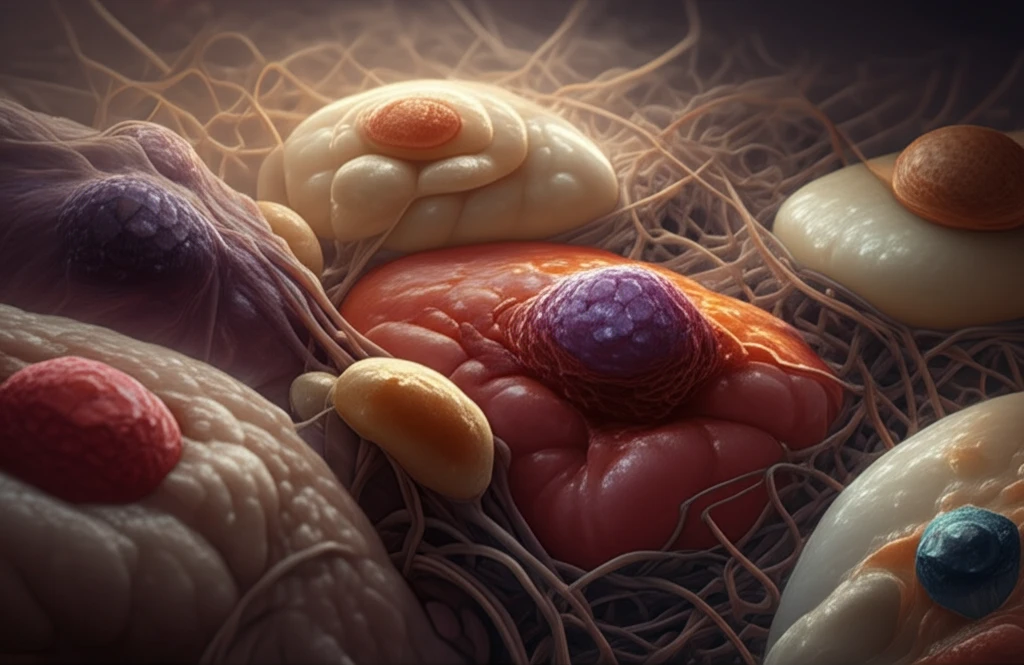
Unlocking Your Metabolism: How Macrophages Influence Fat Burning
"Discover the surprising role of immune cells in converting white fat to brown fat and boosting your body's energy expenditure."
In the ongoing quest to understand and optimize our metabolism, scientists are constantly uncovering new layers of complexity. One fascinating area of research focuses on beige adipocytes – specialized fat cells within white adipose tissue (WAT) that can burn energy through a process called 'browning.' This process is stimulated by the sympathetic nervous system and can be a key target in the fight against obesity.
A recent study sheds light on the unexpected role of macrophages, a type of immune cell, in influencing this browning process. Conducted on mice, the research reveals that macrophages can either promote or inhibit the conversion of white fat to brown fat, depending on their type and location within the body. This discovery could pave the way for innovative approaches to manipulate fat metabolism and improve overall metabolic health.
Brown adipose tissue (BAT) is a specialized tissue for thermogenic energy expenditure, in contrast to white adipose tissue (WAT) that stores excessive energy as triglycerides [1, 2]. BAT thermogenesis depends on uncoupling protein 1 (UCP1), a mitochondrial protein abundantly expressed in brown adipocytes, which dissipates the proton gradient that normally drives the synthesis of cellular ATP. The thermogenic activity of UCP1 is controlled by the sympathetic nervous system
The Yin and Yang of Macrophages in Fat Metabolism

The study, led by researchers in Japan, investigated why some areas of WAT are more prone to browning than others. They observed that inguinal WAT (found in the groin area) in mice readily converted to beige fat upon exposure to cold temperatures, while perigonadal WAT (around the reproductive organs) remained stubbornly white.
- Cold exposure induces UCP1 expression (a marker for beige fat) in inguinal WAT, but not perigonadal WAT.
- Perigonadal WAT has a higher concentration of macrophages than inguinal WAT.
- Cold exposure activates M1 macrophages in perigonadal WAT.
- Depletion of macrophages enhances cold-induced UCP1 expression in perigonadal WAT.
Implications and Future Directions
This research adds another layer of complexity to our understanding of fat metabolism. It highlights the intricate interplay between the immune system and adipose tissue and suggests that manipulating macrophage activity could be a potential strategy for promoting browning and improving metabolic health. Further research is needed to determine how these findings translate to humans and to explore the specific mechanisms by which M1 macrophages inhibit browning. However, this study opens up exciting new avenues for tackling obesity and related metabolic disorders.
